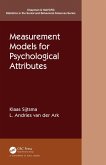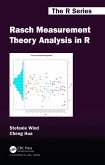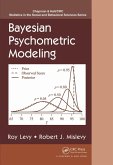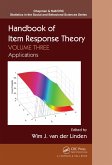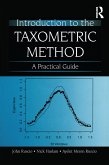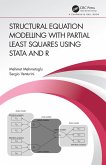Dieser Download kann aus rechtlichen Gründen nur mit Rechnungsadresse in A, B, BG, CY, CZ, D, DK, EW, E, FIN, F, GR, HR, H, IRL, I, LT, L, LR, M, NL, PL, P, R, S, SLO, SK ausgeliefert werden.
"I read the chapters with great interest. I think that a book like this is certainly useful as similar books are either too technical, too conceptual, or too narrow focused. In the chapters I read, the authors found a nice balance between technical and conceptual detail. This makes the book useful as both a textbook to be used for master students and as a reference book for (applied) researchers. I especially liked the boxes with derivations."
~Dylan Molenaar, University of Amsterdam
"I think many people could find this book useful. You could think of researchers in the social and behavorial sciences, Phd students, research master students and peer psychometricians. The additional value of this book is that it goes just beyond the basics of psychometrics. People may both use it as a reference and a textbook."
~Samantha Bouwmeester, Erasmus University Rotterdam
"It was a joy to read chapter 4. It was well written and interesting to persons who start with IRT and persons who worked with it for years. It explains the principles very well, as well has an eye for interesting subtleties."
~Bas Hemker, CITO
"This chapter 3 would be useful for statisticians, epidemiologists, psychometricians, methodologists, and mathematical psychologists who are working with social scientists or behavioral scientists, or in health care research or in educational research. It would also be useful for graduate students in the fields of statistics, epidemiology, etc. I would say that knowledge of statistics at an intermediate level is required."
~J.L. Ellis, Behavioural Science Institute, Radboud University



